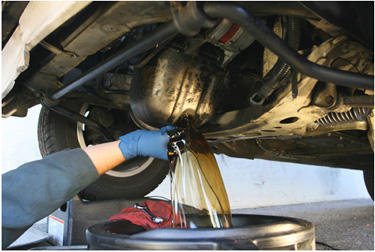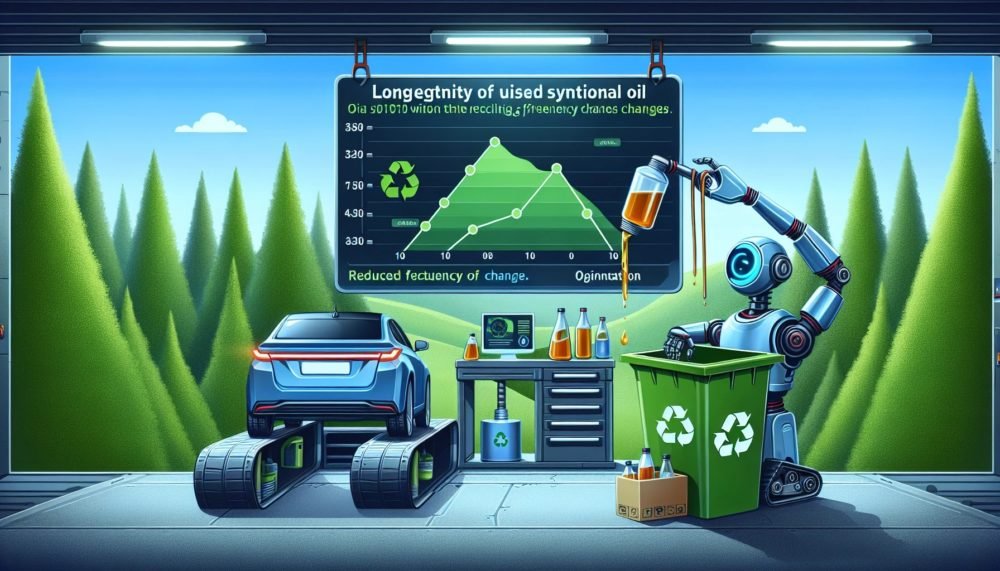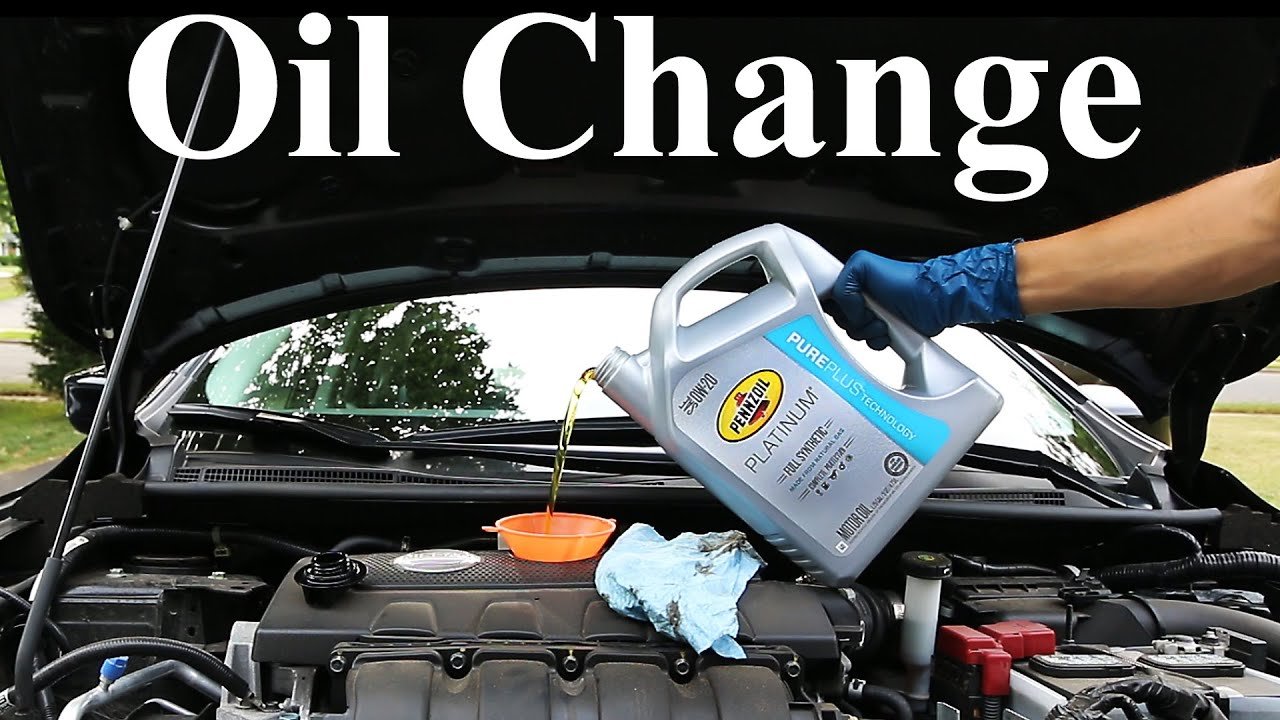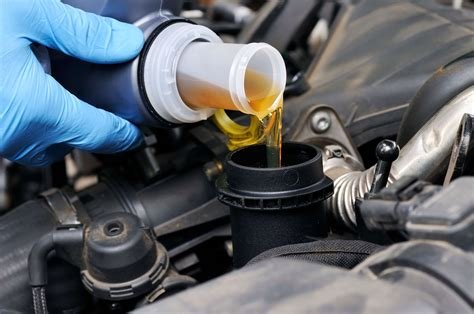Regular oil change is crucial for maintaining your vehicle’s engine health. Oil serves as the lifeblood of your engine, providing essential lubrication and reducing friction between moving parts. Without adequate lubrication, your engine could suffer from increased wear and tear, leading to poor performance and even damage.

Why Oil Changes Are Crucial for Engine Health
Engine oil keeps your engine running smoothly by reducing friction and helping to cool the engine. Over time, however, the oil becomes dirty and less effective. Regularly changing the oil helps to ensure that your engine remains properly lubricated and free from harmful contaminants. This not only extends the life of your engine but also helps maintain optimal performance.
Signs That Indicate Your Car Needs an Oil Change
Look out for these signs that your car may need an oil change:
- Oil Warning Light: If this light appears on your dashboard, it’s time for an oil change.
- Strange Engine Noises: Knocking or grinding sounds can indicate old or dirty oil.
- Dark or Dirty Oil: Check your oil using the dipstick. If it looks dark or gritty, it’s time to replace it.
- Excessive Exhaust Smoke: Smoke coming from your exhaust can be a sign of oil problems.
How Regular Oil Changes Affect Engine Performance and Longevity

Changing your oil on a regular basis can significantly impact your vehicle’s performance and longevity. Clean oil ensures that your engine runs smoothly and efficiently, reducing the likelihood of engine problems. Additionally, regular oil changes help maintain fuel efficiency and improve overall vehicle performance.
How to Perform an Oil Change: A Step-by-Step Guide
Changing your oil can be a straightforward task if you have the right tools and follow the proper steps. Here’s a step-by-step guide to help you perform an oil change:
Required Tools and Materials for an Oil Change
- Oil filter
- Engine oil
- Wrench set
- Oil filter wrench
- Drain pan
Step-by-Step Instructions for Changing Your Oil
- Prepare Your Vehicle: Ensure your vehicle is parked on a level surface and the engine is turned off. Allow it to cool.
- Drain the Old Oil: Place a drain pan under the oil pan. Remove the oil drain plug and let the oil drain completely.
- Replace the Oil Filter: Use an oil filter wrench to remove the old filter. Install the new filter and tighten it securely.
- Add New Oil: Replace the drain plug and add new oil through the oil filler cap. Check the oil level with the dipstick and add more if necessary.
- Dispose of Old Oil: Take the used oil and filter to a recycling center for proper disposal.

Common Mistakes to Avoid During an Oil Change
- Not Using the Correct Oil: Always use the type and grade of oil specified in your vehicle’s owner’s manual.
- Overfilling or Underfilling: Use the dipstick to check the oil level and avoid adding too much or too little oil.
- Ignoring the Oil Filter: Always replace the oil filter when you change the oil to ensure effective filtration.
Choosing the Right Oil for Your Vehicle
Selecting the right oil for your vehicle can affect its performance and longevity. Here’s how to choose the best oil for your car:
Types of Oil: Synthetic vs. Conventional
- Synthetic Oil: Provides superior performance, better lubrication, and longer intervals between changes. Ideal for high-performance or modern engines.
- Conventional Oil: More affordable and suitable for older vehicles or those with simpler engine designs.
How to Select the Best Oil for Your Car’s Engine
Check your vehicle’s owner’s manual for recommendations on the type and grade of oil. Consider factors like driving conditions and climate. For example, synthetic oil is often preferred for extreme temperatures and high-mileage vehicles.
Understanding Oil Viscosity and Its Impact on Performance
Oil viscosity refers to how thick or thin the oil is. The viscosity rating, such as 5W-30, indicates how the oil performs at different temperatures. Choose an oil with the correct viscosity for your vehicle’s engine to ensure optimal performance and protection.

The Role of Oil Filters in Maintaining Engine Health
An oil filter plays a vital role in keeping your engine clean by removing contaminants from the oil. Here’s what you need to know about oil filters:
What Does an Oil Filter Do?
An oil filter traps particles and debris that can accumulate in the engine oil, preventing them from causing damage. This helps maintain clean oil and ensures smooth engine operation.
How to Choose the Right Oil Filter
Select an oil filter that matches your vehicle’s specifications. Consult your owner’s manual or ask a professional for recommendations based on your car’s make and model.
When and How to Replace Your Oil Filter
Replace your oil filter every time you change the oil. Follow the manufacturer’s instructions for installation to ensure a proper fit and seal.
Cost and Benefits of Professional Oil Change Services
While performing an oil change yourself can save money, professional services offer several benefits:

Comparing DIY vs. Professional Oil Changes
- DIY Oil Changes: Cost-effective and allows you to control the process. Requires time and effort.
- Professional Services: Offers convenience and ensures the use of high-quality materials and proper disposal of used oil.
Factors Affecting the Cost of Professional Oil Changes
The cost can vary based on factors such as your vehicle’s make and model, the type of oil used, and labor charges. Some service centers offer packages that include additional services.
Benefits of Regular Professional Oil Changes
Professional services ensure that the oil change is performed correctly and include checks for other potential issues. This can provide peace of mind and extend the life of your vehicle.
How to Check and Maintain Oil Levels Between Changes
Maintaining proper oil levels between changes is crucial for engine health. Here’s how to do it:
Steps to Check Your Oil Level
- Turn Off the Engine: Let the engine cool before checking the oil level.
- Remove the Dipstick: Pull out the dipstick and wipe it clean.
- Check the Oil Level: Insert the dipstick back into the tube and remove it again to check the oil level. Add oil if needed.
How to Add Oil if Needed
If the oil level is low, add oil through the oil filler cap. Use the same type of oil recommended for your vehicle and check the level frequently to avoid overfilling.
Maintaining Proper Oil Levels for Optimal Engine Performance
Regularly check your oil level and top it up as needed. Proper oil levels help ensure your engine runs smoothly and efficiently, reducing wear and extending its lifespan.
Environmental Impact of Oil Changes and Disposal
Proper disposal of used oil is important for environmental protection. Here’s how to handle it:

How to Properly Dispose of Used Oil
Take used oil and filters to a recycling center or auto parts store that accepts them. Proper disposal prevents contamination of soil and water.
Environmental Benefits of Proper Oil Management
Responsible oil management helps reduce pollution and conserves natural resources. Choosing eco-friendly oils can also minimize your environmental impact.
Eco-Friendly Oil Options and Practices
Consider using recycled or biodegradable oils. Follow best practices for oil change and disposal to contribute to a healthier environment.
Understanding Oil Change Intervals and Vehicle Maintenance Schedules
Following your vehicle’s maintenance schedule is essential for keeping it in good condition. Here’s what to know:
Recommended Oil Change Intervals for Different Types of Vehicles
Oil change intervals can vary depending on your vehicle’s make, model, and driving conditions. Consult your owner’s manual for specific recommendations.
How to Align Oil Changes with Your Vehicle’s Maintenance Schedule
Incorporate oil changes into your overall maintenance schedule. Regular servicing can help catch issues early and keep your vehicle running smoothly.
Adjusting Oil Change Intervals Based on Driving Conditions
If you frequently drive in harsh conditions, such as extreme temperatures or heavy traffic, you may need to change your oil more often. Adjust intervals based on your driving habits.
Troubleshooting Common Oil Change Issues
Occasionally, you might encounter issues during or after an oil change. Here’s how to address common problems:

What to Do If You Notice Oil Leaks
Check for loose drain plugs or faulty oil filters. If you find a leak, address it immediately to prevent further damage.
How to Address Oil Change-Related Engine Issues
If you experience engine problems after an oil change, ensure that the correct oil was used and that all components were properly installed. Consult a professional if issues persist.
When to Seek Professional Help
If you’re unsure about performing an oil change or encounter persistent issues, seek help from a professional mechanic. They can provide expert advice and ensure your vehicle is in top condition.
Conclusion
In summary, regular oil changes are vital for keeping your vehicle’s engine healthy and performing well. By following the steps to change your oil, choosing the right type, and understanding maintenance schedules, you ensure long-term engine efficiency. If you have any questions or tips, drop a comment below, share this article with friends, or explore more of our content for car care advice. Your vehicle will thank you!
